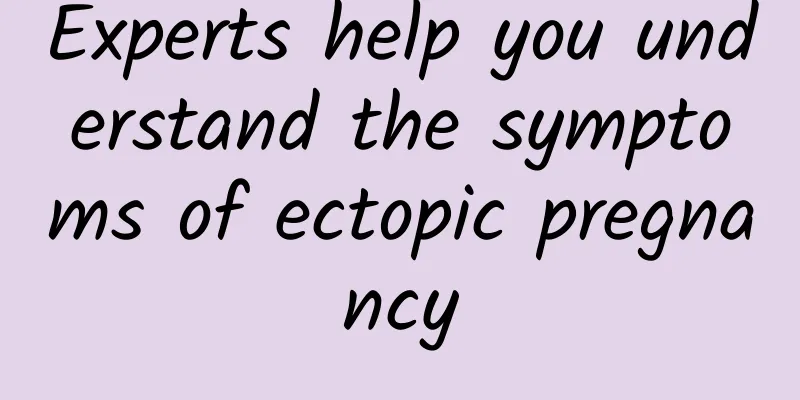Treatment of cervical hypertrophy

|
Treatments for cervical hypertrophy mainly include medication, surgery, and lifestyle adjustments. Cervical hypertrophy is usually caused by long-term chronic inflammation, and common symptoms include irregular menstruation and increased leucorrhea. The following are some common treatments: 1. Drug treatment: Drug treatment is one of the first choices for cervical hypertrophy, usually antibiotics, anti-inflammatory drugs or hormone drugs. Common antibiotics such as amoxicillin and penicillin are used to eliminate infection; non-steroidal anti-inflammatory drugs such as ibuprofen can relieve inflammatory reactions; if necessary, hormone therapy may be considered to regulate endocrine. 2. Surgical treatment: For patients who are ineffective with drug treatment or whose condition is more serious, surgery may be a necessary option. Common surgeries include cervical cryotherapy, cervical conization or cervical resection. Cervical cryotherapy uses cryogenic technology to remove diseased tissue; cervical conization removes diseased cervical tissue; cervical resection is suitable for patients with severe disease and no fertility needs. 3. Lifestyle adjustment: A healthy lifestyle can assist in the treatment of cervical hypertrophy. It is recommended to increase exercise, maintain a healthy weight, and improve immunity. In terms of diet, increase the intake of foods rich in vitamin C and vitamin E, such as green vegetables and nuts, and reduce the intake of spicy and stimulating foods. Treatment for cervical hypertrophy should be based on the severity of the condition and individual needs. Do not buy medication on your own; it is best to seek treatment under the guidance of a doctor. Prompt medical attention is key to ensure proper treatment and prevent further progression of the condition, and a positive attitude toward health and lifestyle adjustments can be effective adjuncts to treatment. Through comprehensive treatment and healthy lifestyle adjustments, cervical hypertrophy can be effectively managed and improved health. |
<<: What are the symptoms of cervical adhesion after abortion?
>>: Are endometritis and pelvic inflammatory disease treated the same way?
Recommend
Look here! 10 foods you can eat more of without getting fat
Do you record the calories you eat every day beca...
Can I have IVF if I have intrauterine adhesions? Do a hysteroscopy first to make the decision
Whether intrauterine adhesions can be used for IV...
Detailed introduction to the treatment principles of ovarian cysts
In the process of treating ovarian cysts, we must...
Can cervicitis heal itself?
Cervicitis is a disease that needs treatment and ...
Does vaginal candidal infection have symptoms of excessive leucorrhea?
Abnormal leucorrhea is very dangerous, especially...
7 good reasons why you can't love sports!
Anyone who has gone from being sedentary to gradu...
To relieve dysmenorrhea, women may try sleeping naked
Primary dysmenorrhea troubles many young women, c...
What are the dangers of ectopic pregnancy
Patients need to carefully understand the harm of...
Where is the best hospital for uterine effusion?
Where is the best hospital for uterine effusion? ...
Experts explain the causes of secondary dysmenorrhea
The incidence of secondary dysmenorrhea is relati...
Where does menstrual blood flow from?
Where does menstrual blood flow from? Menstruatio...
Is recurrent spontaneous abortion easy to treat? How to treat recurrent spontaneous abortion?
There are many reasons for recurrent miscarriage,...
The fireside also needs beauty and beauty dishes to create beautiful skin
The Lunar New Year is approaching, and New Year d...
The weight loss code of the 12 zodiac signs: Pisces is prone to gaining weight again
After entering autumn and winter, the lower tempe...
How to have a miscarriage at two weeks of pregnancy? This idea should not be
Termination of pregnancy before 28 weeks of pregn...









